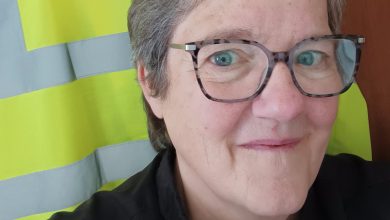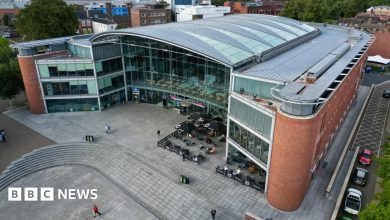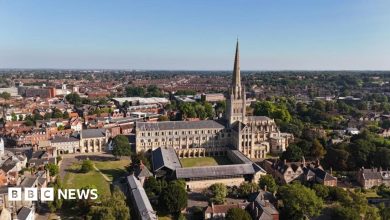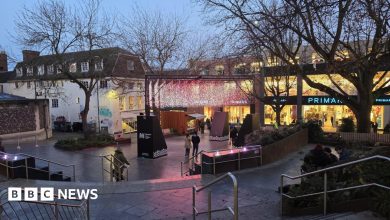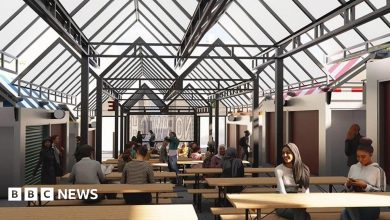Ringland villagers fear 4x4s will cross river at picnic spot
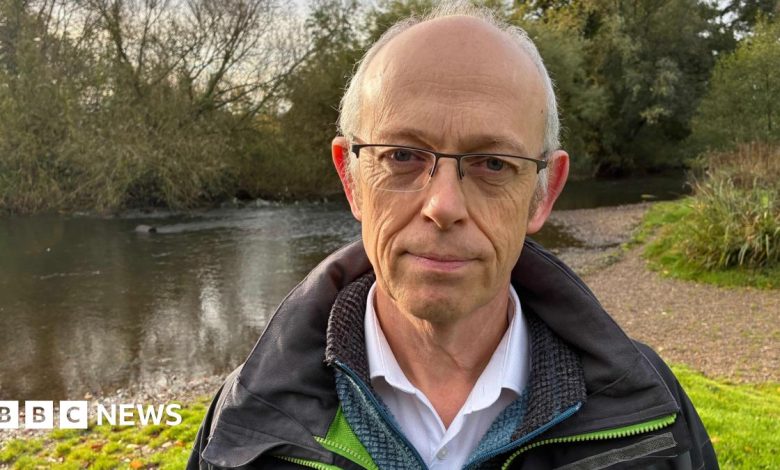
The Green Lane Association’s Quest for Clarity on Public Right of Way
The Green Lane Association has recently taken formal steps to have a local public right of way officially designated as a “byway open to all traffic.” This move comes amid some ambiguity about the legal status of an old ford in the area, which has created uncertainty for both motorists and local residents. According to Steve Morgan, who serves as the media officer for the association, the organization plays an important role in guiding its members on responsible access to Britain’s network of unsurfaced and unclassified roads. These historic pathways form a significant part of the UK’s rural heritage, but their usage rights often exist in a gray area of regulation and classification.
Morgan points out an interesting technicality in the current situation: as things currently stand, vehicles could technically and legally use the old ford crossing since local authorities “haven’t stipulated” that it’s no longer an active right of way. This legal ambiguity creates a confusing situation for everyone involved – motorists who enjoy exploring rural byways don’t have clear guidance on whether they’re allowed to use this particular route, while local residents may be surprised or concerned by vehicles appearing on what they might consider to be a pedestrian pathway. The lack of clear classification and signage leaves room for misunderstanding and potential conflict between different users of the countryside.
What’s particularly noteworthy about the Green Lane Association’s approach is their emphasis on avoiding “aggravation” for local people. Despite the technical legal right that may exist for vehicles to use the pathway, Morgan stresses that the association isn’t looking to create tension or disturb local communities. This reflects a broader philosophy within responsible off-road driving communities that seeks to balance enjoyment of historical rights of way with respect for local residents and the natural environment. The association appears to be pursuing formalization not to increase traffic on the route, but rather to bring clarity to an ambiguous situation.
At its heart, this application for formal designation seems to be about providing clear information to the association’s members regarding both the legality and safety of driving on this unclassified road. The organization wants to fulfill its role as a responsible guide for motorists who enjoy exploring Britain’s network of green lanes and historic pathways. By seeking official classification, they hope to remove doubt about where vehicles can and cannot go, potentially preventing accidental trespassing or use of unsuitable routes that could damage either vehicles or the environment. This reflects a commitment to responsible access rather than pushing for expanded driving rights.
The situation highlights a broader conversation happening across Britain about how traditional rights of way should be managed in the modern era. Many of these pathways date back centuries, established long before motorized transportation, yet some have maintained vehicle rights through various historical classifications. Local communities, conservation groups, recreational users, and motorist associations often have different perspectives on how these routes should be used today. The formal process of designation provides a structured way to address these questions, considering historical evidence, current conditions, and the needs of various stakeholders.
The Green Lane Association’s application represents one piece of this ongoing dialogue about shared use of Britain’s countryside. While some might view motorized access to rural pathways as intrusive, organizations like the Green Lane Association emphasize responsible usage, historic rights, and the importance of maintaining access to Britain’s full network of public rights of way. The eventual decision on this particular byway will need to balance these various interests while providing the clarity that all parties seek. Whatever the outcome, the process underscores the importance of formal classification in preventing misunderstandings and ensuring that Britain’s historic pathway network can be enjoyed appropriately by all users.



